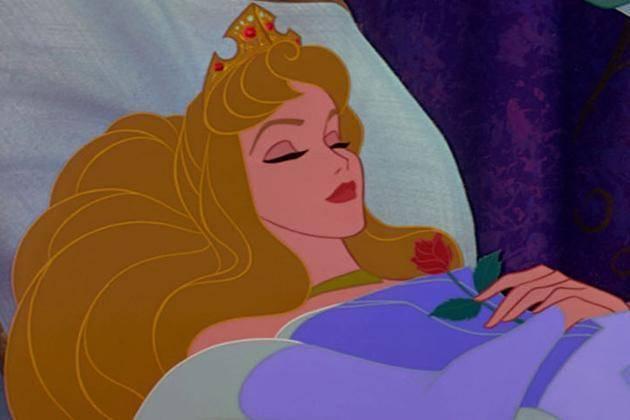The mother who wants Sleeping Beauty banned might have a point
Fairytales aren’t relevant to the world today, and the original story is downright creepy


Your support helps us to tell the story
From reproductive rights to climate change to Big Tech, The Independent is on the ground when the story is developing. Whether it's investigating the financials of Elon Musk's pro-Trump PAC or producing our latest documentary, 'The A Word', which shines a light on the American women fighting for reproductive rights, we know how important it is to parse out the facts from the messaging.
At such a critical moment in US history, we need reporters on the ground. Your donation allows us to keep sending journalists to speak to both sides of the story.
The Independent is trusted by Americans across the entire political spectrum. And unlike many other quality news outlets, we choose not to lock Americans out of our reporting and analysis with paywalls. We believe quality journalism should be available to everyone, paid for by those who can afford it.
Your support makes all the difference.Sarah Hall from Newcastle has been mocked this week for asking her six-year-old son’s school to remove a storybook version of “Sleeping Beauty” from the curriculum because it promotes “inappropriate sexual behaviour”.
The original version, written by an Italian poet in the 16th century, is really creepy. It tells the story of a princess who falls asleep in a castle and is raped by a king. When she wakes, she miraculously falls in love with the man who has defiled her, they marry and she has twins. Subsequent versions involve good and bad fairies, curses and the prince who wakens the princess from a 100-year slumber with a kiss.
Sarah Hall asked if the story was “still relevant” and made the excellent suggestion that it could be used to start a conversation with older children about consent, and how the sleeping princess might feel being woken by a stranger in her home.
Children need to learn boundaries and when to trust strangers, so do traditional fairytales belong in the modern world of social media? Even as a child, I thought most of these fables were pathetic – from “Little Red Riding Hood” to “Goldilocks and the Three Bears” and “The Princess and the Pea”, they seemed primarily designed to instil fear and anxiety in their readers, me included.
Join our commenting forum
Join thought-provoking conversations, follow other Independent readers and see their replies
Comments